Rummy nose tetra - Hemigrammus bleheri
Scientific name: Hemigrammus bleheri
Common name: Rummy nose tetra
Family: Characidae
Usual size in fish tanks: 3 - 4 cm (1.18 - 1.57 inch)
014
Recommended pH range: 6 - 7
Recommended water hardness: 0 - 8°N (0 - 142.86ppm)
0°C 32°F30°C 86°F
Recommended temperature range: 22 - 26 °C (71.6 - 78.8°F)
The way how these fish reproduce: Spawning
Where the species comes from: South America
Temperament to its own species: peaceful
Temperament toward other fish species: peaceful
Usual place in the tank: Bottom levels
Tank Requirements
Rummy Nose Tetras (Hemigrammus bleheri) are best kept in a well-planted aquarium that mimics their natural habitat. They thrive in soft, acidic to neutral water, making them ideal for Amazon-themed tanks. A minimum tank size of 60 liters (15 gallons) is recommended to accommodate a small school of these tetras, as they are a shoaling species and need to be kept in groups of at least six.
The ideal water conditions for Rummy Nose Tetras include a temperature range of 22-26°C (71.6-78.8°F), a pH of 6.0-7.0, and a water hardness between 0-8°N (0-142.86 ppm). Regular water changes and the use of a gentle filtration system are essential to maintain water quality, as this species is sensitive to fluctuations in water parameters. To replicate their natural environment, use soft substrate, and include plants such as Amazon Swords and Java Fern to provide hiding spots and shaded areas.
Tankmates
Rummy Nose Tetras are peaceful and do well in community tanks with other non-aggressive species. Ideal tankmates include small, similarly peaceful fish that share similar water parameter requirements. Suitable tankmates include:
- Neon Tetra (Paracheirodon innesi)
- Emperor Tetra (Nematobrycon palmeri)
- Harlequin Rasbora (Trigonostigma heteromorpha)
- Adolfo’s Cory (Corydoras adolfoi)
Food and Feeding
Feeding Rummy Nose Tetras is straightforward, as they will accept a variety of foods. A staple diet of high-quality flake or small pellet food will keep them healthy. They will also enjoy occasional treats of live or frozen foods such as bloodworms, daphnia, or brine shrimp, which can help bring out their natural coloration. Feed them in small amounts twice daily, ensuring they consume the food within a few minutes to prevent water pollution.
Sexing
Rummy Nose Tetras are challenging to sex, as the differences between males and females are subtle. However, during spawning periods, females become rounder and more full-bodied as they carry eggs, making it easier to distinguish them from males.
Breeding
Breeding Rummy Nose Tetras in captivity can be challenging due to their sensitivity to water conditions. To encourage spawning, maintain water parameters on the softer and more acidic side, with a pH of around 6.0 and a temperature of 25-26°C (77-78.8°F). The use of subdued lighting and the addition of fine-leaved plants or spawning mops can create a suitable environment for egg-laying.
Once the eggs are laid, the parents should be removed to prevent them from eating the eggs. The eggs are prone to fungal infections, so it is crucial to sterilize all breeding equipment and maintain pristine water conditions. The eggs will hatch within 24-36 hours, and the fry will become free-swimming a few days later. Feed the fry with infusoria or liquid fry food initially, gradually introducing baby brine shrimp as they grow.
Lifespan
With proper care and stable water conditions, Rummy Nose Tetras can live for 5-6 years in captivity. Some specimens have been reported to live up to 8 years, provided they are kept in optimal conditions.
Short Description
Rummy Nose Tetras (Hemigrammus bleheri) are known for their striking red nose and shimmering silver bodies. They are often referred to as "aquarium canaries" due to their sensitivity to water conditions; their noses will turn pale if the water parameters are not ideal. This behavior makes them excellent indicators of the aquarium's health. Despite their delicate nature, they are a rewarding addition to a peaceful community tank, where their shoaling behavior and vibrant colors can be fully appreciated.
Picture
Bought by aqua-fish.net from jjphoto.dk.
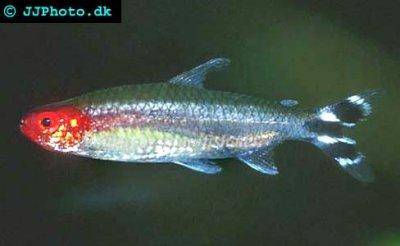

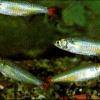 Bloodfin
Bloodfin 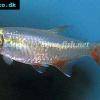 Bloodfin
Bloodfin  Panda
Panda 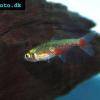 Green
Green 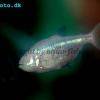 Blind
Blind  Kennedy
Kennedy 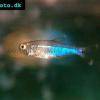 Blue
Blue 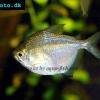 Discus
Discus 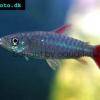 Pink
Pink 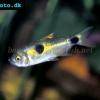 Bucktoothed
Bucktoothed 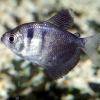 Black
Black 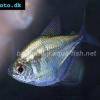 False
False 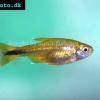 Silver
Silver  Hemigrammus
Hemigrammus 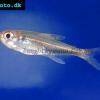 Dash-dot
Dash-dot 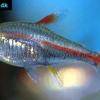 Glowlight
Glowlight 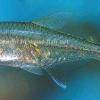 January
January 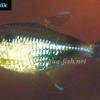 Head
Head 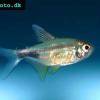 Garnet
Garnet 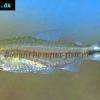 Rummy
Rummy  Gold
Gold  Red
Red 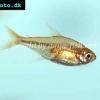 Ember
Ember 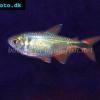 Buenos
Buenos 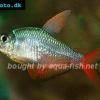 Colombian
Colombian 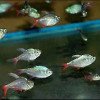 Ecuador
Ecuador  Bleeding
Bleeding 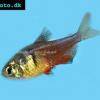 Flame
Flame 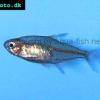 Georgett’s
Georgett’s 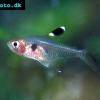 Griems
Griems  Kitty
Kitty 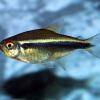 Black
Black 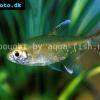 Firefin
Firefin 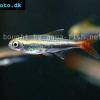 Loreto
Loreto 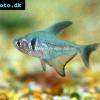 Black
Black 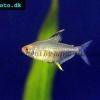 Lemon
Lemon 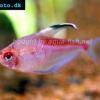 Redback
Redback 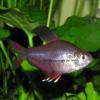 Rosy
Rosy 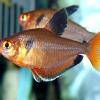 Serpae
Serpae 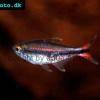 Savanna
Savanna 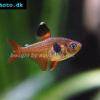 Red
Red 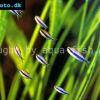 Blue
Blue 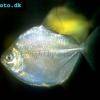 Silver
Silver 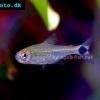 Ceros
Ceros  Napo
Napo 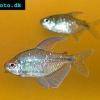 Diamond
Diamond 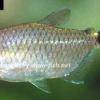 Red
Red 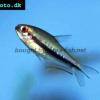 Rainbow
Rainbow 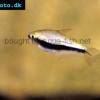 Emperor
Emperor  Cardinal
Cardinal 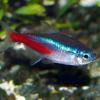 Neon
Neon 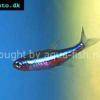 Green
Green 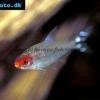 False
False  Glass
Glass 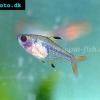 X-ray
X-ray 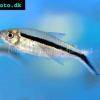 Penguin
Penguin